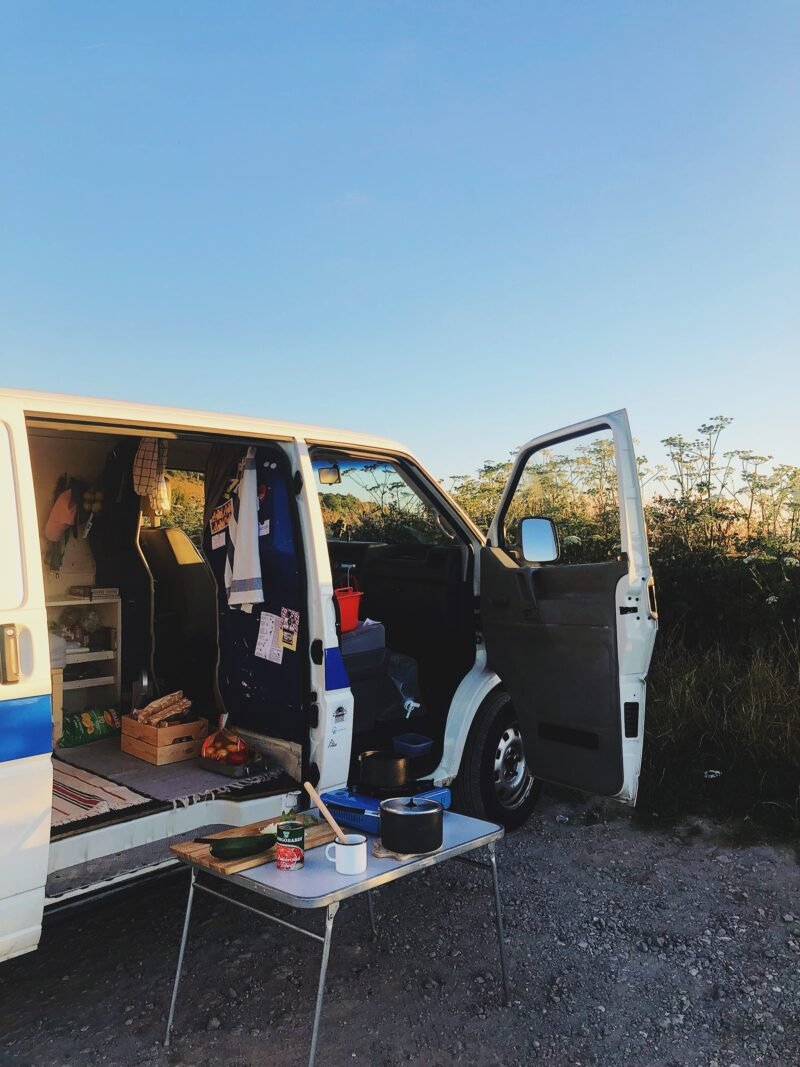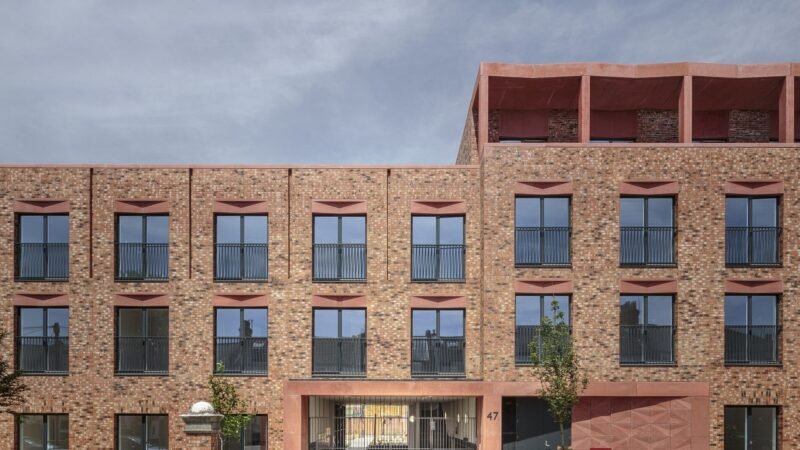IKEA Envisions the Home of Tomorrow — Including Spirulina and Aquaponic Farms

IKEA Poland has gathered a multidisciplinary team to imagine how we can integrate a more eco-friendly lifestyle into our future homes. In the centre of Szczecin, Poland, the results are showcased in the Home of Tomorrow — a spacious, plant-filled living environment where visitors can get inspired on how to turn their own homes into healthier and more sustainable spaces.
Urban dwellers have been shrinking their personal living spaces in order to afford the advantages of high-priced city living and amenities right in front of their doorstep. But after an era of outsourcing daily activities into the city and the prospect of facing future isolating situations, many are now rediscovering the need to create a comfortable space in their homes.
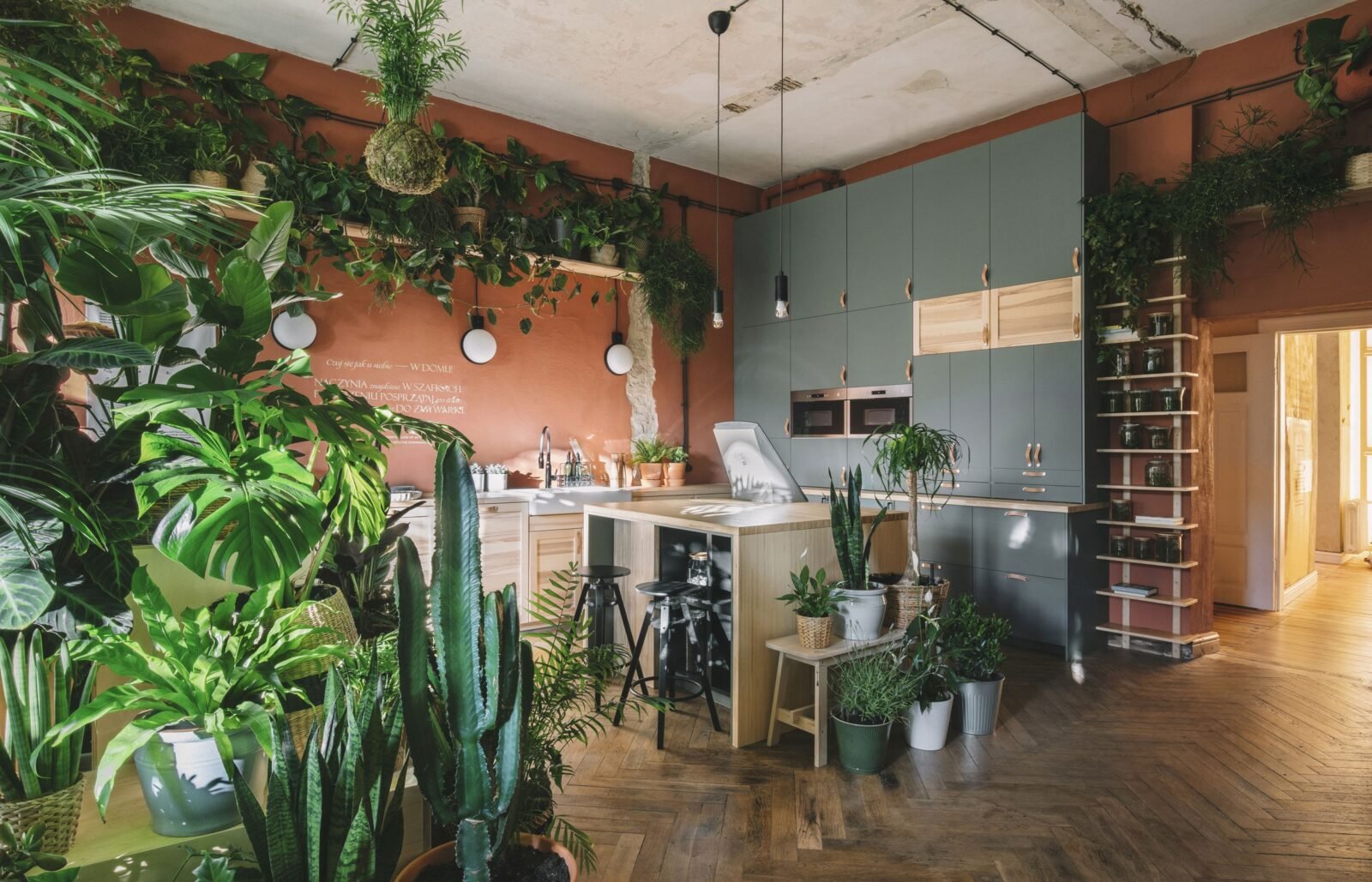
IKEA’s Home of Tomorrow wasn’t initially designed for a post-pandemic world, but yet it very much resonates with the current situation of people living “the new normal”. As IKEA Szczecin was closed for renovations, the firm collaborated with local designers to create the Home of Tomorrow in a formerly abandoned space in the downtown of Szczecin, Poland’s greenest city.
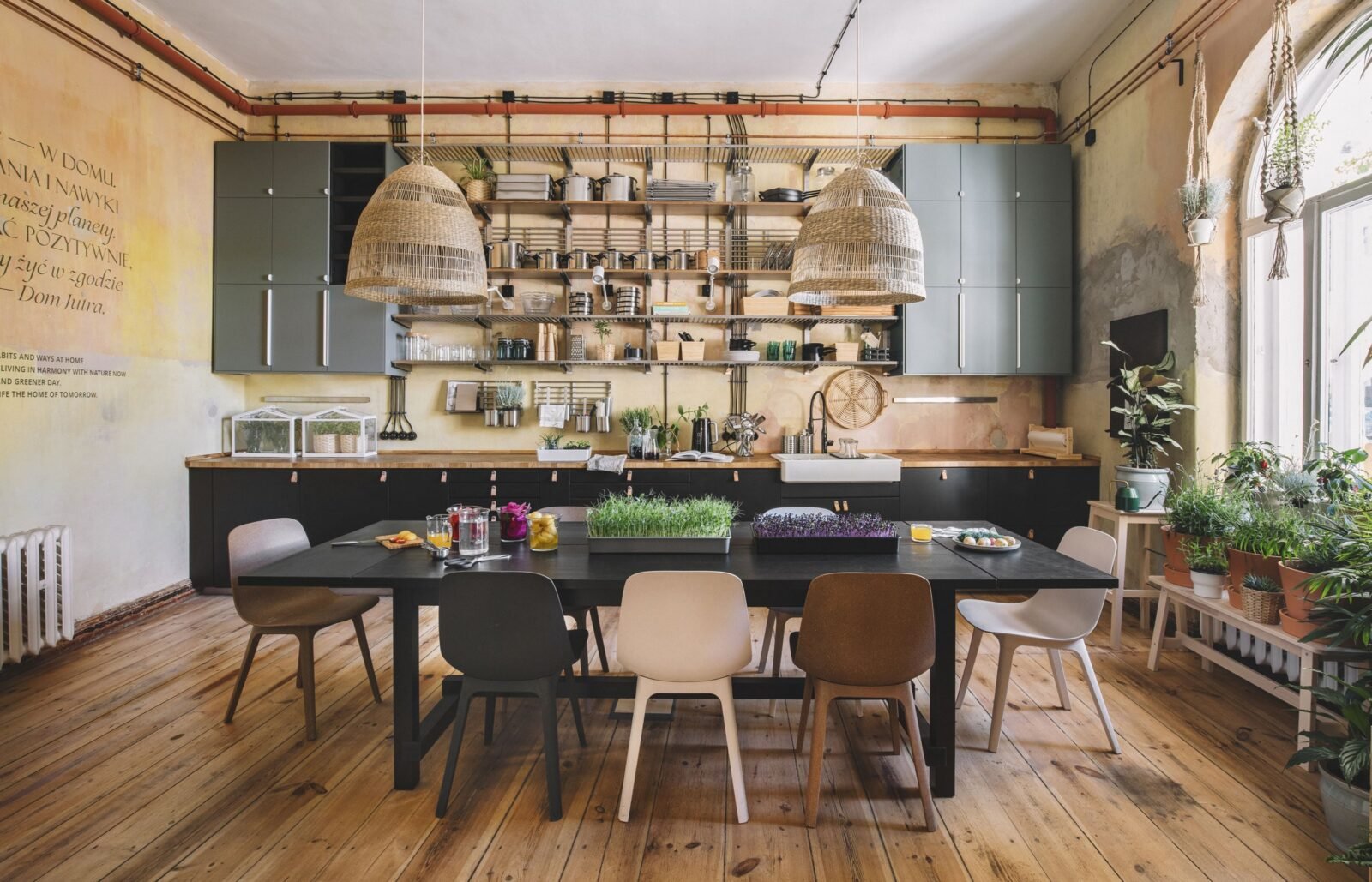
Pop-Up City spoke to two of the designers, Paulina Grabowska and Justyna Puchalska, who found that Szczecin was a perfect match to develop such a forward-thinking concept. The city is very unique in the sense that its population is very aware of environmental issues, open for innovation and very much oriented towards a sustainable way of living, according to the Polish designers.
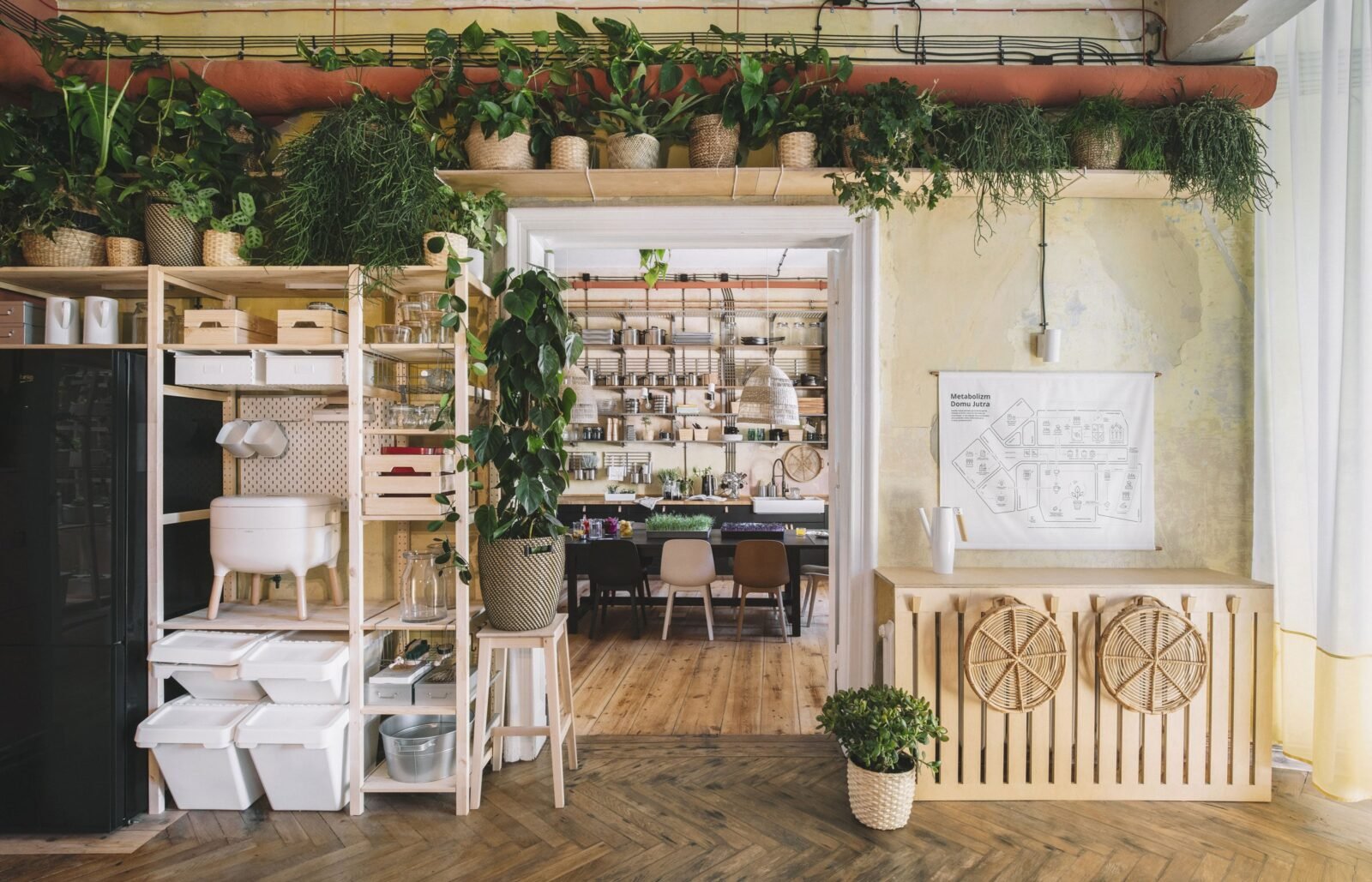
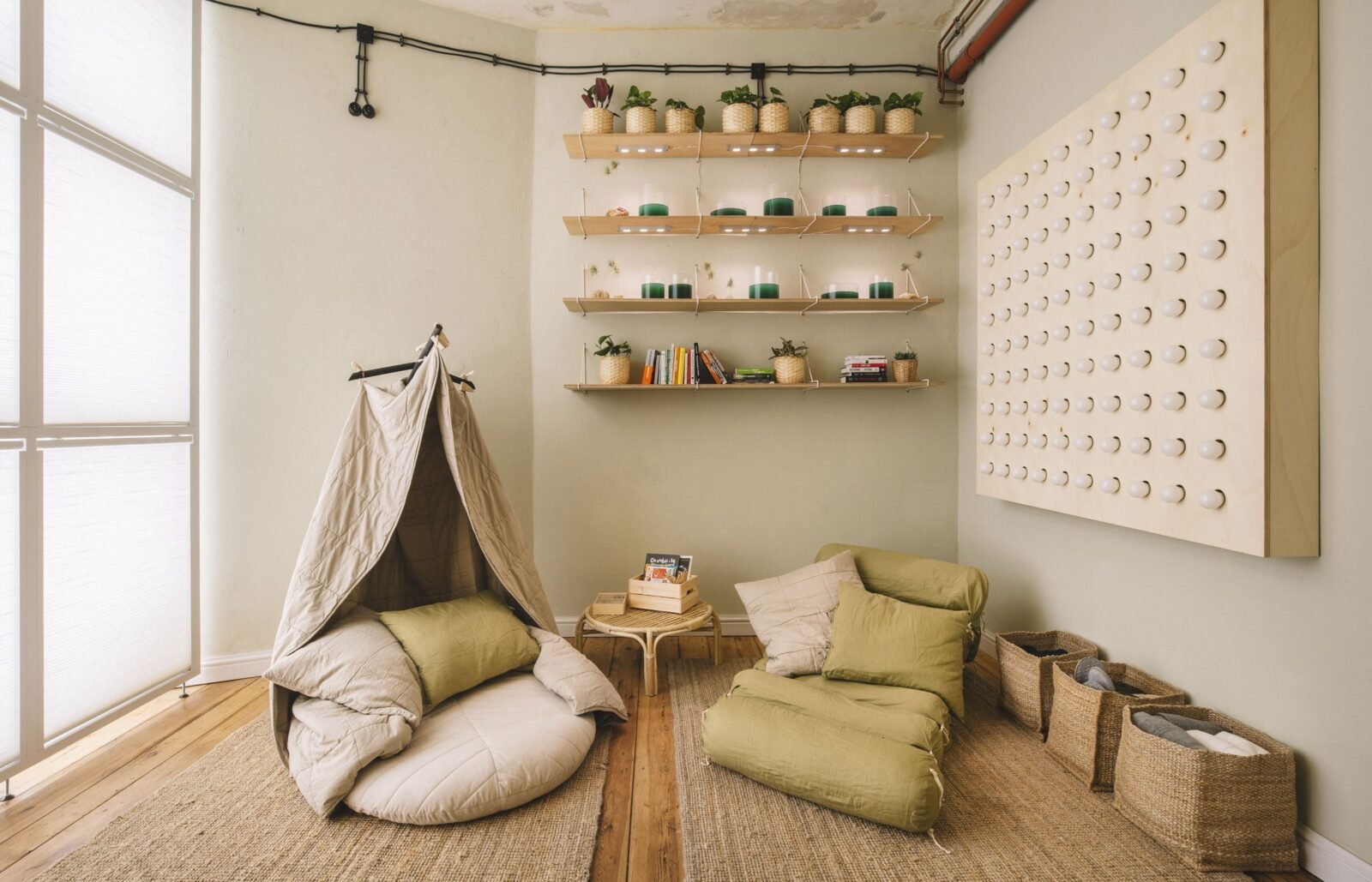
Home of Tomorrow, at first sight, resembles the typical layout of a home with a kitchen, bathroom and living space all furnished with IKEA products made from sustainable and health-safe materials. Justyna Puchalska, Leading Designer, explains that many design decisions were actually based on the aim to reduce the materials being used. For example, they intentionally left the original walls in the building exposed. The abundance of green plants double as decoration of the space and also contribute to better indoor air quality.
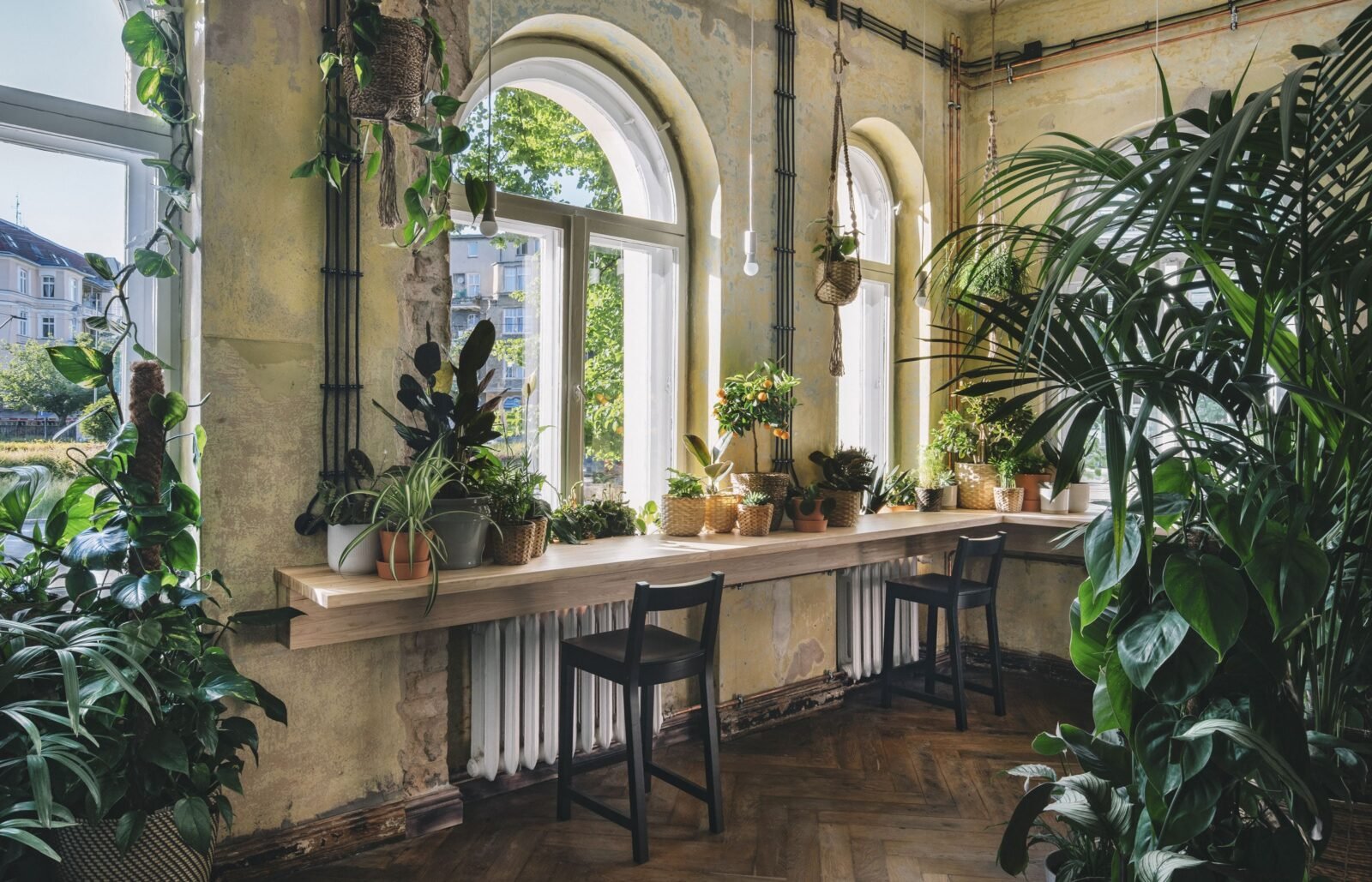
But the innovative part of the space is the laboratory room, where visitors can learn, among other solutions, about how to grow edible produce in their homes. Circular Designer Paulina Grabowska, who was responsible for the design and execution of the laboratory room, developed open-source manuals on how to make your own indoor growing units — a spirulina farm, an aeroponic farm, an aquaponic farm and a micro garden — using parts that you already have at home or are easily accessible. The instructions are all available for free download on the project website.
“We tried to make it super simple and achievable to build your own indoor farm. It really doesn’t take any more space than an empty shelf to place it on”
Paulina Grabowska, Circular Designer
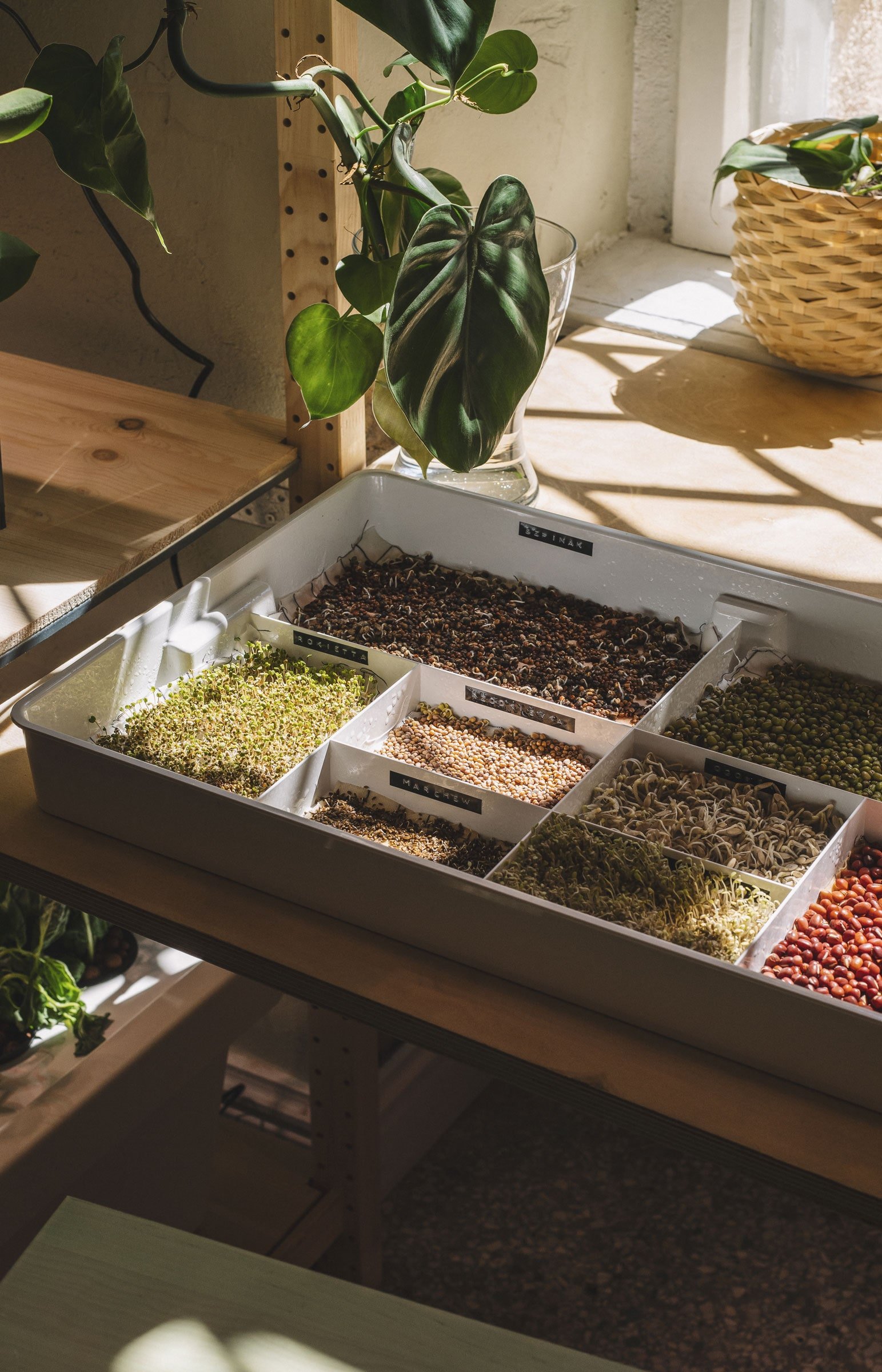
Micro indoor garden 
Aeroponic and aquaponic farming 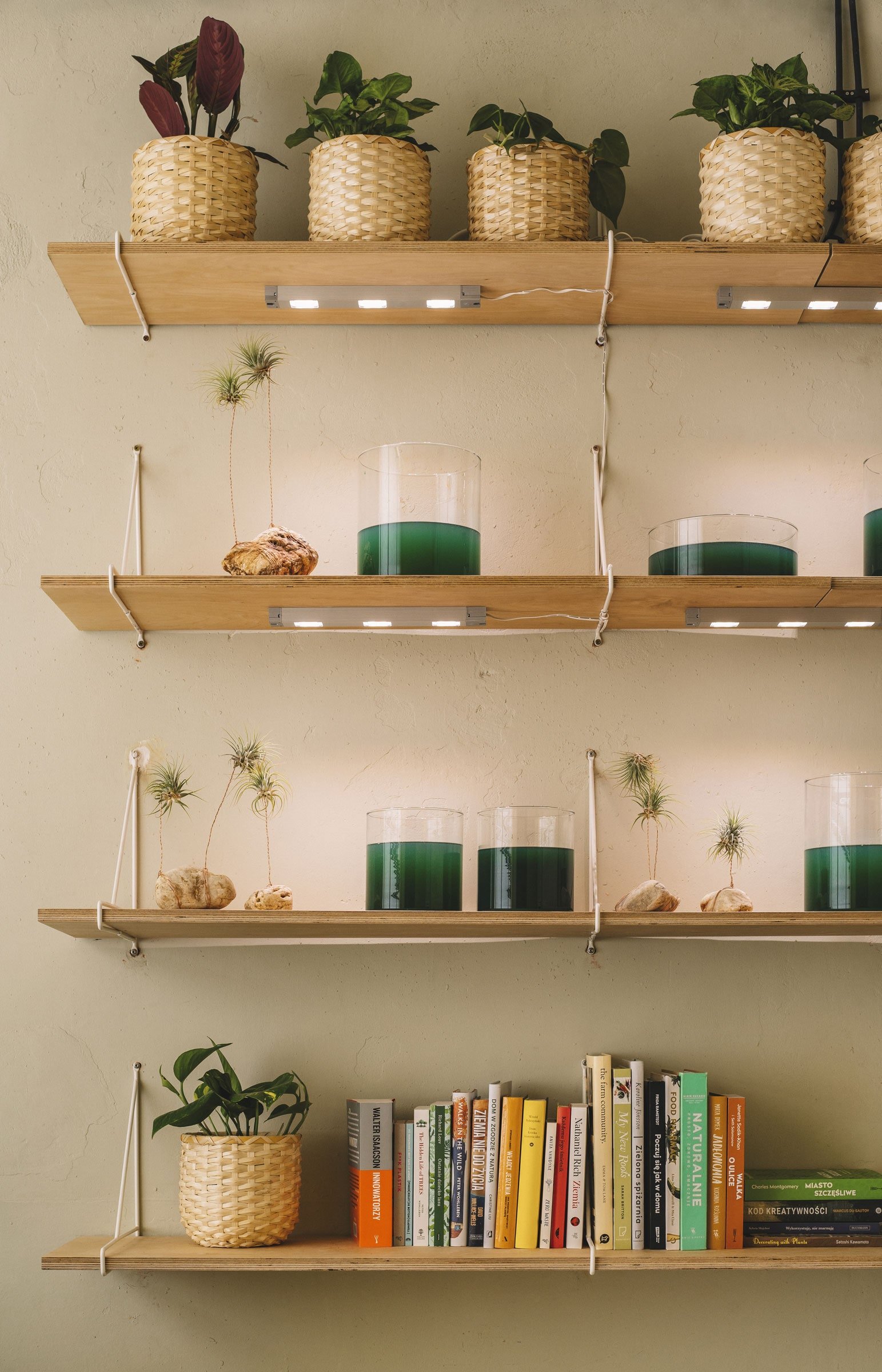
Spirulina farms
It is important to mention that in the Home of Tomorrow nothing becomes waste, but is considered as a resource for another activity. For example, the water from farms is used to water over 600 plants, and organic leftovers become compost or fertilizer. Moreover, scraps of the materials, that remained after the interior and furniture construction, were left to be used in the Workshop Space.
Home of Tomorrow offers a variety of solutions and ideas on how to make your living space more sustainable, but for the two designers, the project is not only about reducing your ecological footprint. “Recent data shows that people are actually not feeling well in their homes, they cannot sleep properly and are struggling to concentrate on their work,” reports Justyna Puchalska.

The collaboration project with IKEA offers a way for everyone to live sustainably and healthily in their homes in the future. “You can adapt every solution that we suggest in Home of Tomorrow to your own home to stay healthy and creative even in a small space. We need to think beyond aesthetics and design our homes in ways that support the wellbeing of all our senses,” says Justyna Puchalska. Home of Tomorrow will be open for one year and will offer workshops and events throughout that time following the COVID-19 guidelines.

